Admiral DuPont
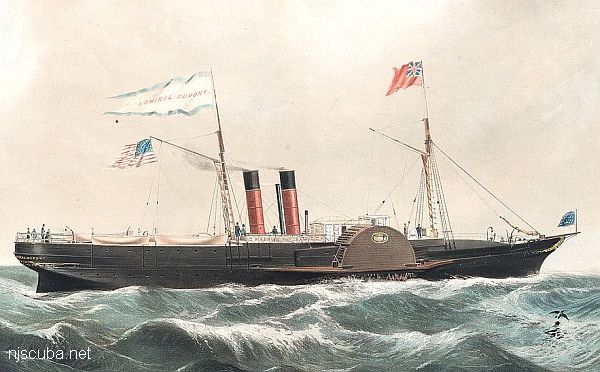
- Type:
- shipwreck, steamer, USA
- Built:
- 1847, England, as Anglia
- Specs:
- ( 195 x 28 ft ) 750 gross tons, 50 passengers & crew
- Sunk:
- Thursday June 8, 1865
collision with ship Stadacona - 17 casualties - Depth:
- 150 ft
The wreckage at the location plotted is a likely match for the iron-hulled side-wheel steamship Admiral Dupont. There is no hard proof of this, but a mountain of circumstantial evidence makes it hard not to be.
The wreck lies within the boundaries of the Deepwater Artificial Reef. It was not a widely-known site when the reef was planned. The wreck was long known as the "offshore paddlewheeler".
The Admiral DuPont was originally the Confederate blockade runner Anglia. Anglia was caught by the Union Navy, who took the ship as a prize and renamed it after Admiral Samuel DuPont.
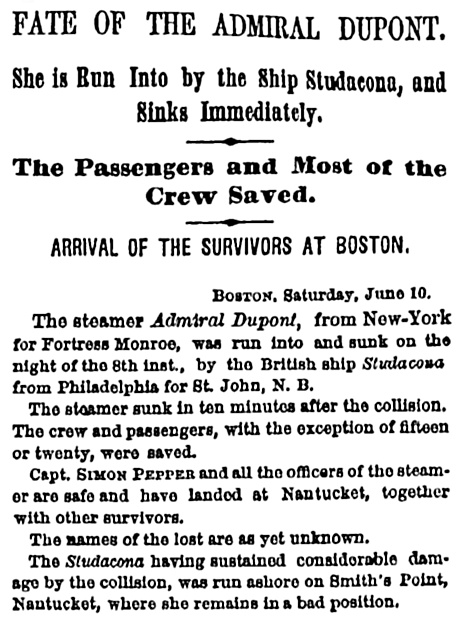
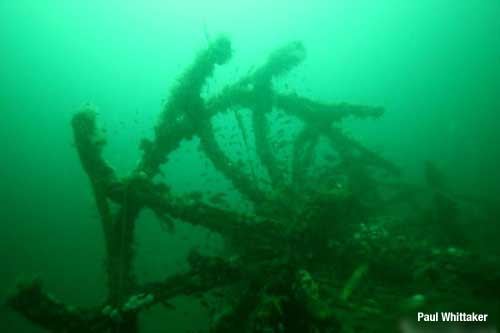
https://www.academia.edu/5292562/Steinmetz_2013 Admiral_DuPont_in_ACUA_Proceedings_2012
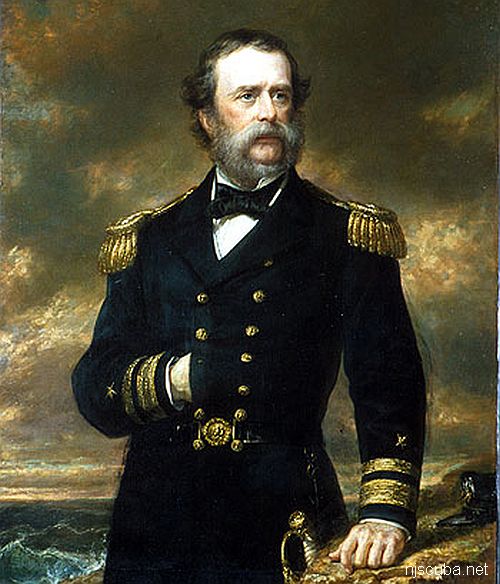

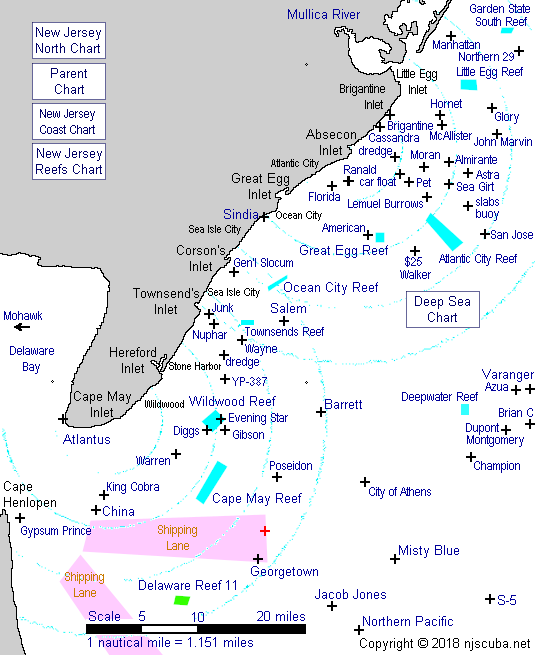
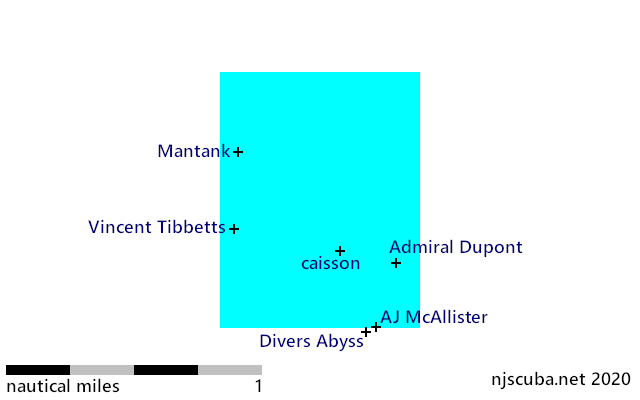
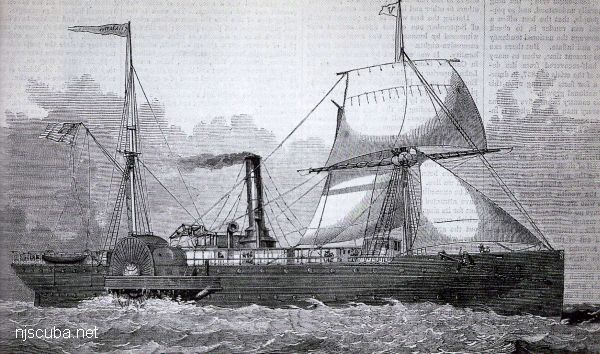
Questions or Inquiries?
Just want to say Hello? Sign the .